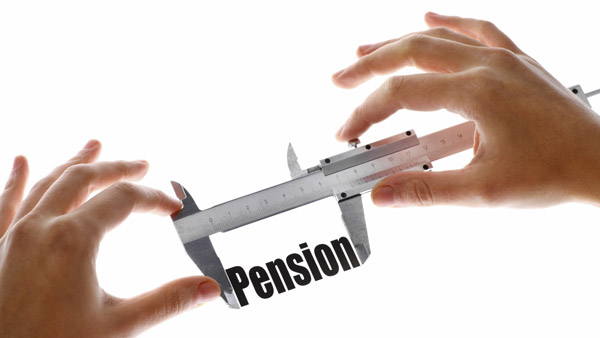 (Image: Thinkstock)
(Image: Thinkstock)
There’s been a significant amount of corporate restructuring since 1999, with mergers and acquistions making up the bulk of it, but the full impact on pension benefits across all industries remains murky because of the “limited data” available, according to the Government Accountability Office.
Some pension and restructuring experts said it was hard to attribute specific pension benefit changes to restructuring events, GAO said in a new report, “Retirement Security: Trends in Corporate Restructurings and Implications for Employee Pensions.”
For one thing, the report noted that a particular restructuring event “may not specifically trigger or cause a change to pension benefits.” However, “alternatively, pension benefit changes may be made with or without regard to any underlying restructuring event,” it said.
Key sources of restructuring data, including Bloomberg, haven’t specifically been intended to track changes in pension benefits and data has not been “exhaustive of all types of restructuring events,” GAO said. For example, a corporation could introduce measures that slash its workforce and future pension obligations, but such measures weren’t in the datasets GAO analyzed, it said, noting that it examined trends in corporate restructuring since 1999 and their implications for pension benefits.
Comprehensive data that details the effects of corporate restructuring on retirement benefit plans simply doesn’t exist, it said.
One expert pointed out that, as with corporate restructuring events, an acquiring firm will often “harmonize their benefits so the target firm’s benefits are made similar to the acquiring firm,” GAO noted. As a result, some employees may obtain access to another firm’s pension and benefit programs, it said.
Other experts told GAO that a corporate restructuring could also prompt a company to “rethink its companies’ employee benefit structures,” it said, adding that a few experts said there was less time for some stakeholders, including employees and retirees, to determine how the restructuring would affect their pension plan. As a consequence, those experts said impacted stakeholders, including retirees, “may be excluded from certain negotiations,” GAO said.
Bankruptcy reorganization might help a company eliminate or restructure debts it can’t repay and could help creditors receive some payment in an equitable manner, it went on to say. But bankruptcy “can be a contentious process where stakeholders compete for assets that are often diminishing in size,” and employees could lose access to an employer-sponsored pension, GAO’s analysis of the UCLA-LoPucki Bankruptcy Research Database (BRD) data found. On average, companies may emerge from bankruptcy with more than 25% of their employees slashed from the payroll, it noted.








 July 17, 2019 at 05:00 PM
July 17, 2019 at 05:00 PM











